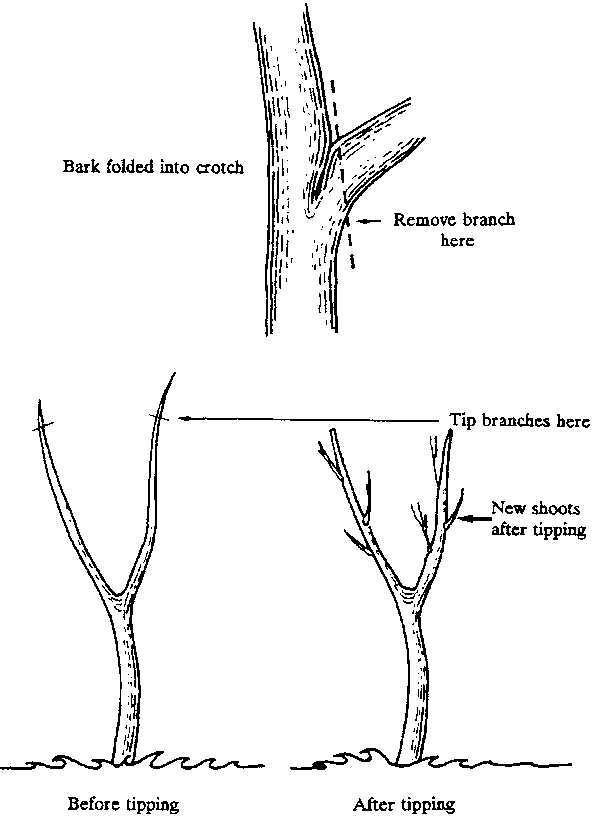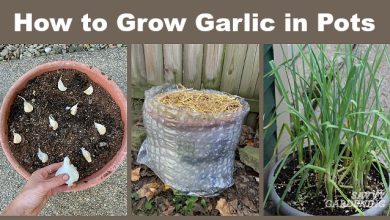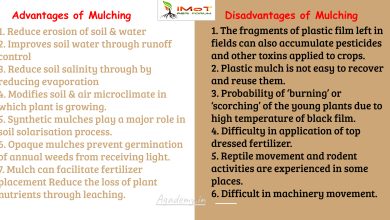How to increase the yield of the Orchard: 6 very useful tips

Hi Farmers! As you well know, when starting a garden or starting to cultivate a horticultural plant, it is always convenient to find out about it, how it is grown, its cycle, irrigation, etc., in order to increase the yield of the garden.

Here I tell you several tips so that you get the most out of the garden
1. Plan the garden
This is an essential point when planning the garden, to have the largest possible harvest you have to inform yourself mainly about the characteristics of the vegetable. Above all, the planting dates in your area, because sometimes they depend on one place or another.
It is also important to know their needs in terms of water, light and maximum and minimum temperatures that they can withstand.
What helps a lot is to have a field notebook, where we have everything registered
2. Choose varieties and seeds well
It is advisable to even opt for those that originate from where we live, because that way it will be easier to grow in terms of humidity, sunlight, wind…, since they are used to that specific climate. If you can’t find them, you can also use a greenhouse to create the ideal space for your vegetables.
On the other hand, it is important to see that the seeds of these selected varieties are fine, that is, that they no longer have diseases or that they look bad, since it may indicate that they will not germinate or that they will die shortly after germinating.
3. Use a good substrate
But always depending on the plant that we have, because nutritional needs sometimes vary a lot from one another. And not only the nutrients, but the texture of the soil, especially due to the support of the plant and the absorption of nutrients.

That is why the ideal is that you make the substrate yourself, in this way, apart from knowing what you will know where it comes from, and you will be able to enrich it as necessary, so it can be 100% ecological.
As a general rule, what works for all plants is a substrate rich in almost all nutrients, and a soil that is well drained.
4. Make good use of the garden space
This means both in height and width, so if possible, it is good to make a vertical garden, this idea is especially very decorative and feasible in kitchens, since the plants are smaller and more at hand to use while cooking.
Otherwise, if you have a terrace, it is possible to put pots next to each other and vertically as long as it does not interfere with the sunlight of those below, so it is advisable to place the most voluminous ones below and those that are less and less on top. with enough separation.
Another tip is to place several crops that can be associated so that they benefit from each other as much as possible, in a single planter, since it saves more space than several pots.
5. Do staggered planting
This has a lot to do with garden planning. To increase the yield of the orchard, it is necessary to know well what dates are for planting and harvesting each species, so you plan by creating your crop associations. And you can have the garden in continuous operation. But it is also advisable to give the land a rest from time to time by fallowing, especially if it is soil. If it is a flowerpot, it is easier to control the substrates.
6. Carry out a good pruning
Not because it is the last it is the least important, contrary to what it may seem, pruning a plant is essential for its growth. Many people skip this step, as they think that it can be worse for the plant, since it can get sick, or that it produces less fruit.

And the reality is that it depends on how it is pruned, so it will bear fruit, we must always bear in mind that the more leaves it has, the less flowers it will give and the less fruit we will have.
There are different types of pruning, the one that must be carried out on all our plants is always to remove the leaves that are drying up, are sick, or that interfere with each other, harming each other, which would be a cleaning pruning.
On the other hand, what you should do is inform yourself about the specific pruning of your plant, in this way you will not fail.
It is true that as I said before, they can get sick from having made a «wound» when cutting the leaves, but as long as that area of the cut is well ventilated and it is avoided to wet it with water in the irrigations, diseases caused by fungi will be avoided above all..
I hope these tips can help you to get the most out of your garden. If you have any other advice or method that works for you and is profitable for your garden, do not hesitate to share it with all of us in the comments, it is very good and enriching to learn from each other! Regards and until next time

![Photo of 14 Types of Orchards: [Characteristics and Operation]](https://www.complete-gardening.com/wp-content/uploads/2021/06/col_rizada_1596697078-390x220.jpg)


